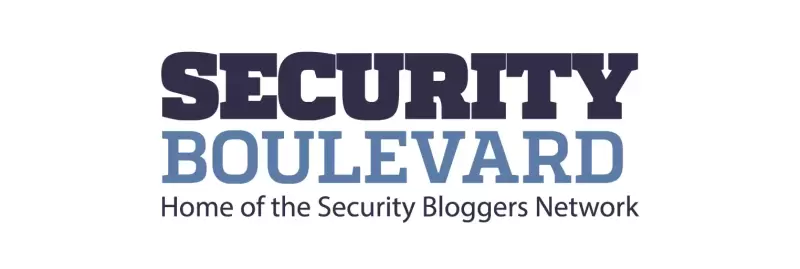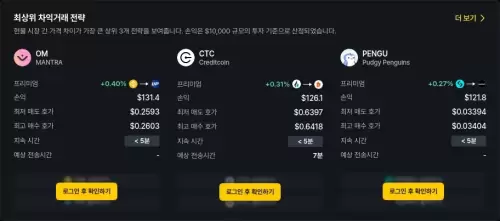 |
|
 |
|
 |
|
 |
|
 |
|
 |
|
 |
|
 |
|
 |
|
 |
|
 |
|
 |
|
 |
|
 |
|
 |
|
Cryptocurrency News Articles
Why Is Least Privilege Fundamental to Creating Safe Environments?
Apr 21, 2025 at 05:00 am
Data is the new gold. If data volumes surge, so do cyber threats, making data protection a top priority. The principle of least privilege (POLP) crucially comes to play here.

Data is the new gold. If data volumes surge, so do cyber threats, making data protection a top priority. The principle of least privilege (POLP) crucially comes to play here. But what is least privilege, and how does it contribute to creating safer environments?
Least privilege is a cybersecurity principle where a user is granted the minimum levels of access necessary to complete their job functions. This approach minimizes the attack surface and mitigates the potential damage from security incidents by limiting access rights for users, applications, and computing processes to the bare minimum.
A Broader Scope of Safe Environments
The concept of safe environments extends beyond physical safety to encompass digital safety. When we increasingly rely on technology for daily operations, cybersecurity threats become existential threats. Cybercriminals are using more sophisticated tactics, and the damage from cyber-attacks continues to rise. The principle of least privilege provides a sturdy protective layer, limiting the potential damage from these attacks.
However, applying the least privilege principle extends beyond simply restricting user permissions. It also includes managing Non-Human Identities (NHIs), which are machine identities used in cybersecurity. Similar to a person requiring a passport and visa to travel, NHIs need a “Secret” (an encrypted password, token, or key) and corresponding permissions from a destination server for access.
How Does NHI Management Enhance Safe Environments?
The management of NHIs is fundamental to a holistic cybersecurity strategy. It focuses on securing both the identity and its access credentials while monitoring their behaviors. Key benefits of a robust NHI management strategy include:
* Reduced risk: By identifying and mitigating security risks proactively, it helps minimize the likelihood of breaches.
* Improved compliance: It facilitates meeting regulatory requirements through policy enforcement and audit trails.
* Increased efficiency: It frees up security teams to focus on strategic initiatives by automating NHIs and secrets management.
* Enhanced visibility and control: It provides a centralized view for access management and governance.
* Cost savings: It lowers operational costs by automating the rotation of secrets and decommissioning of NHIs.
Implementing Least Privilege: One Step at a Time
The road to implementing least privilege starts with understanding the full scope of your environment from users to NHIs. Conducting a thorough audit will help you determine who or what has access to your system and to what extent.
Next, it’s about defining access controls based on roles and responsibilities. It’s important to set strict policies and enforce them consistently. Lastly, regular audits and permissions reviews are necessary to ensure continued compliance with the least privilege principle. Technologies such as AI can be harnessed to automate these processes, increasing efficiency.
Striking the Right Balance
While the principle of least privilege is a crucial protective measure, it’s also about striking the right balance. Overly restrictive access can hinder productivity and create bottlenecks. Therefore, it’s crucial to weigh security considerations against operational needs. For instance, some risk may be acceptable if it permits significant productivity gains.
Embracing a Culture of Security
The principle of least privilege is more than a cybersecurity best practice; it’s a mindset. It’s about creating a culture of security where everyone understands the importance of data protection and their role in safeguarding it. This cultural shift is important as the preparation of safe environments is a shared responsibility.
To sum it up, the principle of least privilege combined with robust NHI management creates safer environments by reducing attack surfaces and mitigating potential damages. It’s a continuous process that requires active involvement at all levels – from individual users to the organization’s top executives. By fostering a culture of security and implementing the least privilege principle, organizations can equip themselves better against constantly evolving threats.
Disclaimer:info@kdj.com
The information provided is not trading advice. kdj.com does not assume any responsibility for any investments made based on the information provided in this article. Cryptocurrencies are highly volatile and it is highly recommended that you invest with caution after thorough research!
If you believe that the content used on this website infringes your copyright, please contact us immediately (info@kdj.com) and we will delete it promptly.
-

-

-

-

-

-

-

-

-

- Token Chart Buzz: Analysts Eye Potential Price Increase with Mutuum Finance (MUTM)
- Aug 03, 2025 at 06:00 pm
- Analysts are buzzing about Mutuum Finance (MUTM), a DeFi player showing potential for a price increase. Is it the next 100x gem? Let's dive into the token chart and the reasons behind the optimism.






























































